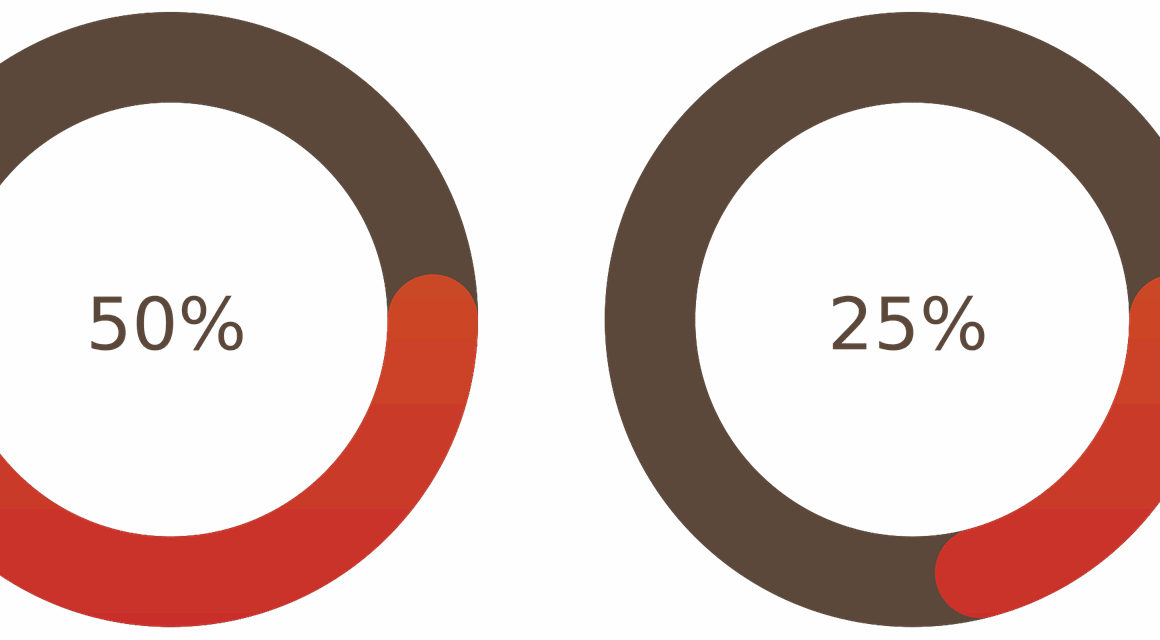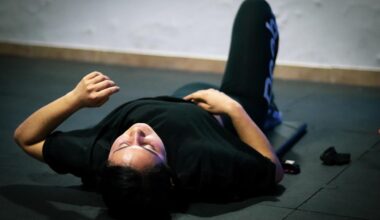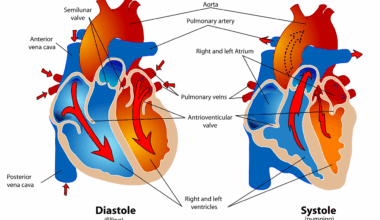Tracking Progress in Functional Fitness: Tools and Approaches
Tracking progress in functional fitness is essential for achieving your personal fitness goals and maintaining motivation. Utilizing a variety of tools allows athletes, coaches, and enthusiasts to monitor improvements effectively. Progress tracking not only reveals physical performance data but also highlights areas for potential enhancement. Commonly used tools include fitness trackers, mobile applications, and assessment charts to record progression systematically. Fitness trackers provide real-time data on heart rate, calories burned, and endurance levels. Mobile applications, on the other hand, offer users the ability to log workouts, diet, and personal records easily. Assessment charts are excellent for visualizing changes over time, allowing individuals to see how far they have come. Additionally, workout logs can help maintain accountability and consistency in training. Implementing these tools in your routine can lead to better focus on your objectives, ensuring that progress is measurable. When individuals have clear tracking mechanisms in place, they can remain motivated and adjust their programs accordingly. Staying on track enables participants to view fitness as a journey, making it more enjoyable and rewarding.
In addition to technological solutions, traditional methods for monitoring progress in functional fitness remain valuable. These strategies often include periodic fitness assessments and goal-setting sessions. Testing various physical capabilities, such as strength, flexibility, and endurance, should occur at regular intervals to determine improvements. Recording results from these tests can provide critical insights into your fitness journey. Establishing SMART goals—specific, measurable, achievable, relevant, and time-bound—enhances the monitoring process. When you break objectives into smaller tasks, progress can be recognized quickly, further increasing motivation. This structured goal-setting process lets you celebrate small victories, reinforcing the importance of incremental progress. Moreover, working with a personal trainer or coach can enhance accountability. They can ensure you’re following the plan while also providing expert advice, making the process more streamlined. Coaches can help you set realistic timelines for reaching specific milestones, adjusting your workouts based on performance and capability changes. Integrating both modern tools and traditional methods fosters a comprehensive approach to tracking fitness. By combining these techniques, you can achieve a deeper understanding of your progress, ensuring that each workout contributes meaningfully to your overall fitness journey.
Use of Apps and Technology
Mobile applications have transformed how individuals manage their functional fitness progress. These apps can track various aspects such as caloric intake, workouts, and even hydration levels. Popular choices like MyFitnessPal and Fitbit revolutionize goal-setting and progress tracking. These tools record extensive data about individual performance, providing tailored insights that fuel enhancement. Users can set unique targets and receive reminders, encouraging consistent tracking of their activities. Additionally, some applications enable social connectivity, allowing users to share achievements or join challenges with friends and family. This element of community fosters support and motivation, enhancing accountability throughout your fitness journey. Wearable devices, such as smartwatches, are now indispensable tools in functional fitness tracking. Offering real-time data about heart rate or calories burned, these wearables ensure users remain informed during their workouts. By syncing with mobile applications, wearables keep all fitness data in one easily accessible format, simplifying user experience. Moreover, tracking sleep patterns has become increasingly important as it relates directly to performance and recovery. Enhanced recovery strategies can be developed quickly. With various innovations at our disposal, fitness tracking has never been more effective or essential in achieving long-term goals.
Combining qualitative tracking methods greatly enhances functional fitness monitoring. Qualitative data refers to personal insights rather than numerical metrics. Journaling your fitness experience, including workouts, emotions, and feelings, contributes valuable context to overall progress. This reflective process facilitates a better understanding of your mindset and physical state during fitness training. By noting how specific exercises affect you or documenting mental hurdles, one can develop strategies to enhance performance. An extensive reflective practice helps identify patterns of motivation or fatigue that might be hindering progress. Moreover, sharing your experiences with a community or support group can yield additional insights. Engaging with others allows for the exchange of stories, tips, and advice based on personal experiences. Expert feedback can provide new strategies while encouragement will keep you dedicated and focused on your journey. Remember, the emotional component of fitness is just as vital as the physical aspect. Making a commitment to record, share, and reflect on your fitness experiences leads to a more holistic approach. Incorporating both qualitative and quantitative methods will offer you a more comprehensive view of progress.
Value of Comparison and Trends
Another effective approach to monitoring progress is by recognizing trends and making comparisons. Analyzing data across specific intervals allows individuals to see patterns in their performance. By comparing workout data from previous months, users can identify strengths and weaknesses inherent in their training. These trends provide insights that can guide future workouts toward focusing on improvement areas. Consistent comparison cultivates a sense of accountability. It’s not merely about tracking a single data point but establishing a broader understanding of how various aspects of fitness interact over time. For instance, observing improvements in strength training simultaneously while tracking endurance can offer a holistic perspective on your overall fitness. It also highlights how different exercises contribute to other fitness goals, leading to balanced training schedules. Moreover, participating in group activities or challenges enhances this comparative aspect. Engaging with others can boost individual performance as you can push each other to meet new goals. Creating a competitive environment can motivate additional effort, ultimately improving long-term results. Embracing the value of comparison makes tracking progress exciting and actively contributes to achieving success in health and fitness.
Regularly reviewing your progress is vital in maintaining momentum in your fitness journey. Scheduling check-ins, whether weekly or monthly, ensures that you stay aligned with your set objectives. During these reviews, analyze both qualitative and quantitative data collected over time. Consider how well you’ve adhered to your training plan and whether adjustments are necessary. This process should also include evaluating both physical and mental achievements. Reflecting on your emotional state during workouts encourages a proactive approach to addressing challenges that may arise. Moreover, milestone celebrations serve as powerful motivators. Recognizing personal successes and improvements helps to keep spirits high, making the journey enjoyable. Remember, achieving sustainable outcomes requires maintaining a positive mindset throughout the process. Seek support from friends, trainers, or fitness communities to help you stay encouraged. Discussing progress regularly can result in valuable feedback, leading to adjustments that enhance your journey. By fostering an environment of continuous communication, you set yourself up for success. Regular reviews ensure you stay focused, engaged, and motivated. Embracing this regular reflection will ultimately elevate your functional fitness experience and promote long-term sustainability in progress tracking.
Conclusion and Next Steps
In conclusion, tracking progress in functional fitness is essential for experience and motivation enhancement. By employing a variety of tools and approaches, individuals can monitor their successes effectively. Relying on a blend of technology, qualitative data, and support systems cultivates an enriched understanding of personal fitness journeys. Consider initiating your tracking journey today by selecting a preferred tool, be it an app, wearable device, or traditional method. Enter your current fitness data to create a baseline for future comparisons. Setting specific short-term and long-term goals proves vital as it keeps you motivated and prepared for challenges ahead. Engaging with fitness communities can amplify accountability and provide a wealth of knowledge to enhance your practice. Remember that fitness tracking isn’t merely about numbers; it’s a holistic process that integrates both physical and emotional aspects. Nurture connections with fellow fitness enthusiasts, remain open to feedback, and adapt as needed. Ultimately, the key to success lies in perseverance and enjoying the journey, supplemented by tracking and monitoring your progress. By committing to this approach, you can turn your functional fitness goals into reality while experiencing personal growth along the way.
![]()


